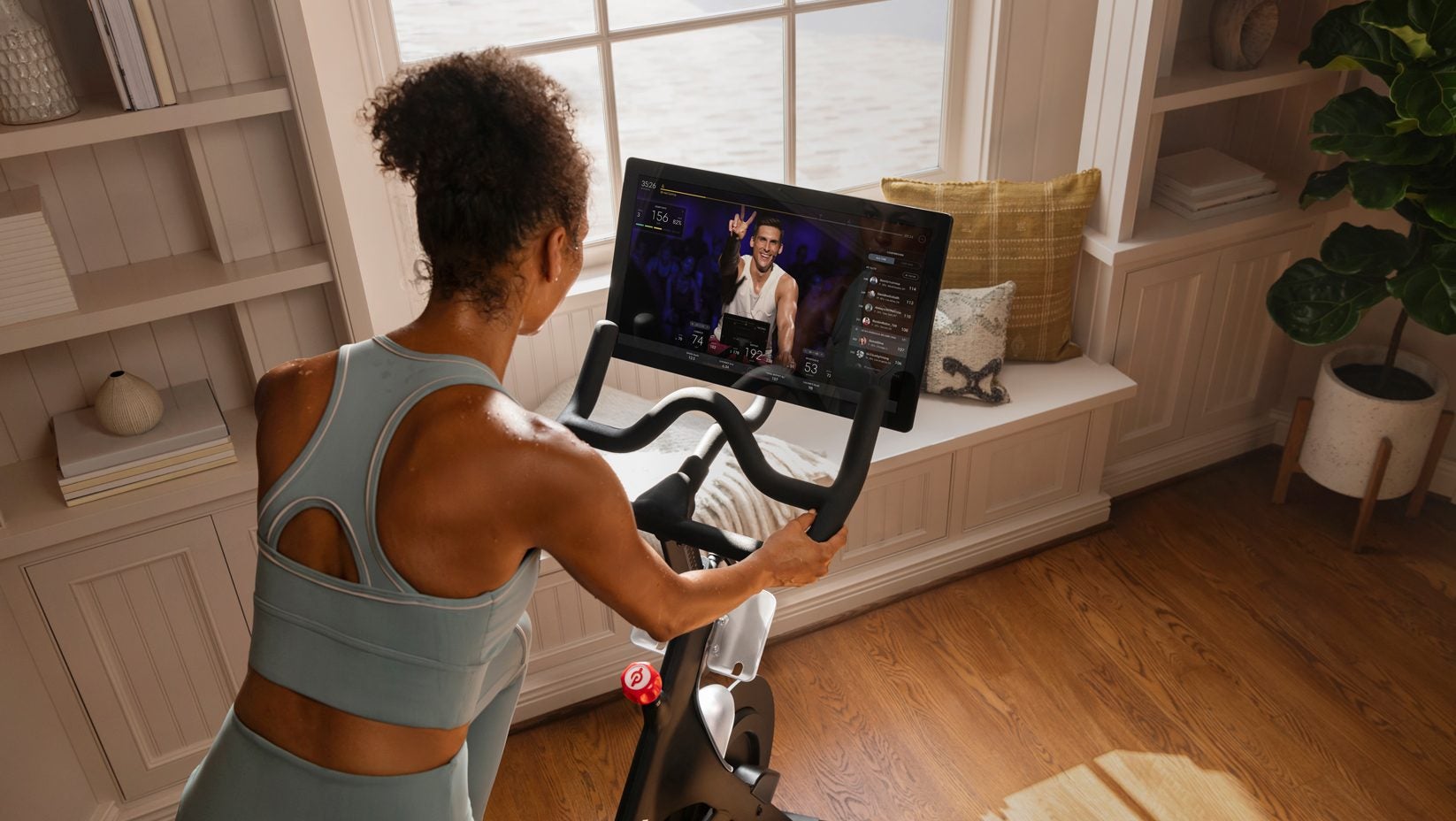Peloton can’t make bikes as fast as people are buying them
Despite a highly unstable economy, Peloton cannot keep its $2,245 stationary bikes in stock.


Despite a highly unstable economy, Peloton cannot keep its $2,245 stationary bikes in stock.
On an earnings call yesterday (May 6), Peloton CEO John Foley reported “the shelter-in-place and work-from-home realities have created a meaningful tailwind for Peloton,” which included nearly doubling its “connected fitness” subscribers (those members who use a Peloton bike or treadmill) since the same period last year, and getting over 1 million downloads of its Peloton Digital app in the last six weeks alone. (The app got a boost from a 90-day free trial promotion.)
Peloton’s revenue for the quarter that ended March 31 was $524.6 million—a 66% year-on-year increase and the company’s strongest sales quarter yet. About $420 million came from connected fitness equipment—but that number might have been much higher if Peloton could make bikes as fast as people are panic-buying them.
Peloton financial chief Jill Woodworth said the company entered the fourth quarter with backlogged orders in every region, and that sales continued to surpass expectations. She added Peloton was taking a hit on its profit margins to expedite shipping. In November the company announced it had purchased Tonic, one of its Taiwan-based manufacturers. Yesterday, Peloton president William Lynch told analysts that between Tonic and Rexon, another Taiwan-based manufacturer, Peloton hoped to streamline its bike supply.
Those who do get bikes seem to be actually using them, so Peloton is rapidly changing its digital offerings to account for unforeseen scale. With some 44 million workouts completed in the last quarter, it nearly doubled those completed in the previous quarter.